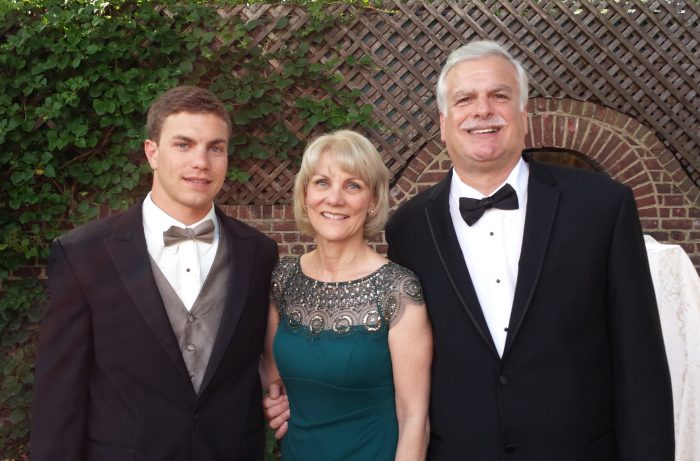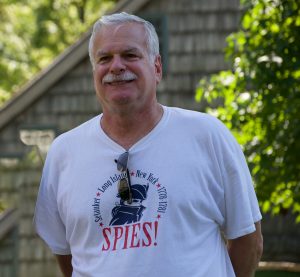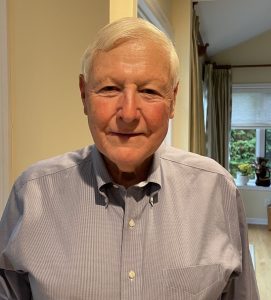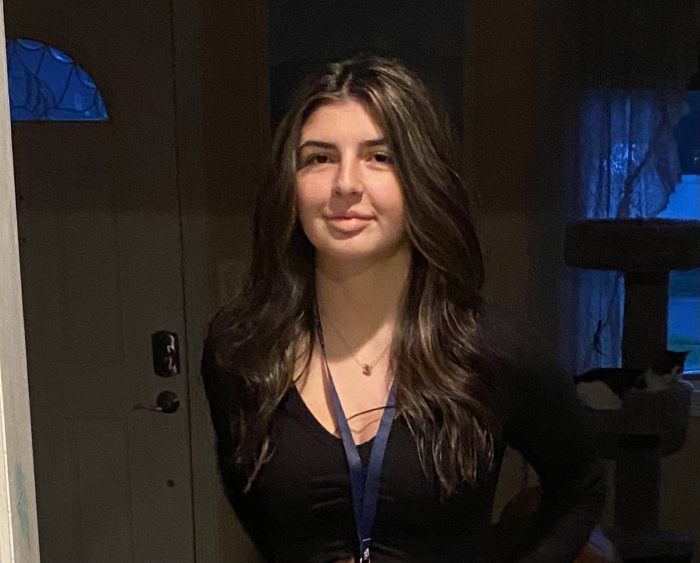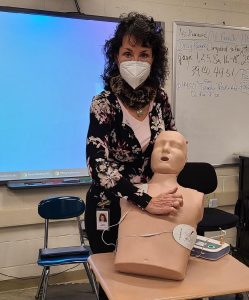By Daniel Dunaief

Even when I’m squinting through a deluge that floods my front windshield, I can see sprinklers on timers, throwing water on lawns drenched with rain.
That image captures the sometimes feckless nature of the routine and periodic token efforts we engage in and that reflect our modern reality.
To that end, I thought I’d share similar similes and phrases to capture the moment.
Like a pencil on an airplane. Sure, pencils are helpful when doing crossword puzzles. On a plane on the way to another country, though, pencils serve no purpose in filling out the necessary paperwork to enter customs. When my family travels, I pack black and blue pens in my carry-on bag.
Like a mask worn around the chin. Exhausted from wearing masks, people have dropped these potentially protective pieces of equipment to their chins, even after they are done eating or drinking. These masks, while visible, are only effective at hiding double chins.
Like a concerned automated voice on a customer service line. I have been on far too many calls where it’s clear the company has no interest in allowing me to speak to an actual person. After pushing 18 buttons and waiting through music that makes Kenny G sound like a symphony, a sickly sweet voice tells me how important my call is to “us,” which sounds suspiciously like a corporate version of a dystopian leadership. If my call were truly important, I wouldn’t have to wait over an hour for someone to pick up the phone, tell me she can’t hear me, and suggest I call back later.
Like an expired coupon. Sometimes, I think the coupons I get in the mail have either expired before they arrive or, like a message to Ethan Hunt in the Mission: Impossible movie franchise, will self destruct in five seconds. That way, I’ll get the offer for something that piques my interest, like half off a turkey sandwich, and then I’ll have to pay full price as sympathetic store clerks tell me they’d be happy to throw the expired discount in the garbage, which is really the most they can do.
Like another set of incomprehensible instructions. Do you ever struggle with the directions to assemble something, staring at pictures of objects that often look nothing like the assortment of pieces assembled in front of you? These instructions use vocabulary that doesn’t make sense for objects that aren’t in the packaging.
Like someone else’s garbage when I’m carrying dog poop. My big dog makes huge poops that rival the stink of a train or airport bathroom amid extensive weather delays. While holding my nose, I pass my neighbors’ garbage cans on the street. Tempted as I might be to drop the double-knotted bag into their can, I carry the prized stink bomb back to my own garbage can.
Like a phone going off in a forest. Unlike the question of whether a proverbial tree makes a sound if no one in a forest hears it fall, I’m convinced I would hear a phone going off in a forest, especially if I were in the middle of a nap or about to write the best phrase of my life that the electroshock sound would delete from my rattled brain.
Like another chat with “Jeopardy!” host Ken Jennings. Is it me or does Jennings seem anxious Amy Schneider may threaten to eclipse his record win streak on the show? His conversations with the contestants seem especially stilted and awkward. In an answer that borrows from the game’s format: the adjective Jennings most often uses when he doesn’t know what else to say and he’s run out of forced laughter. The answer: What is “fantastic?”






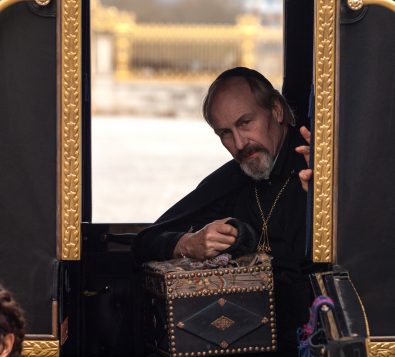

 If the person cannot pay the bail amount, they remain incarcerated until their case is resolved, either through a settlement, a hearing, a trial, or dismissal. If they post bail, the money is not returned until the case is finalized – which can be months or in some cases, years later (less 9% processing fee).
If the person cannot pay the bail amount, they remain incarcerated until their case is resolved, either through a settlement, a hearing, a trial, or dismissal. If they post bail, the money is not returned until the case is finalized – which can be months or in some cases, years later (less 9% processing fee).